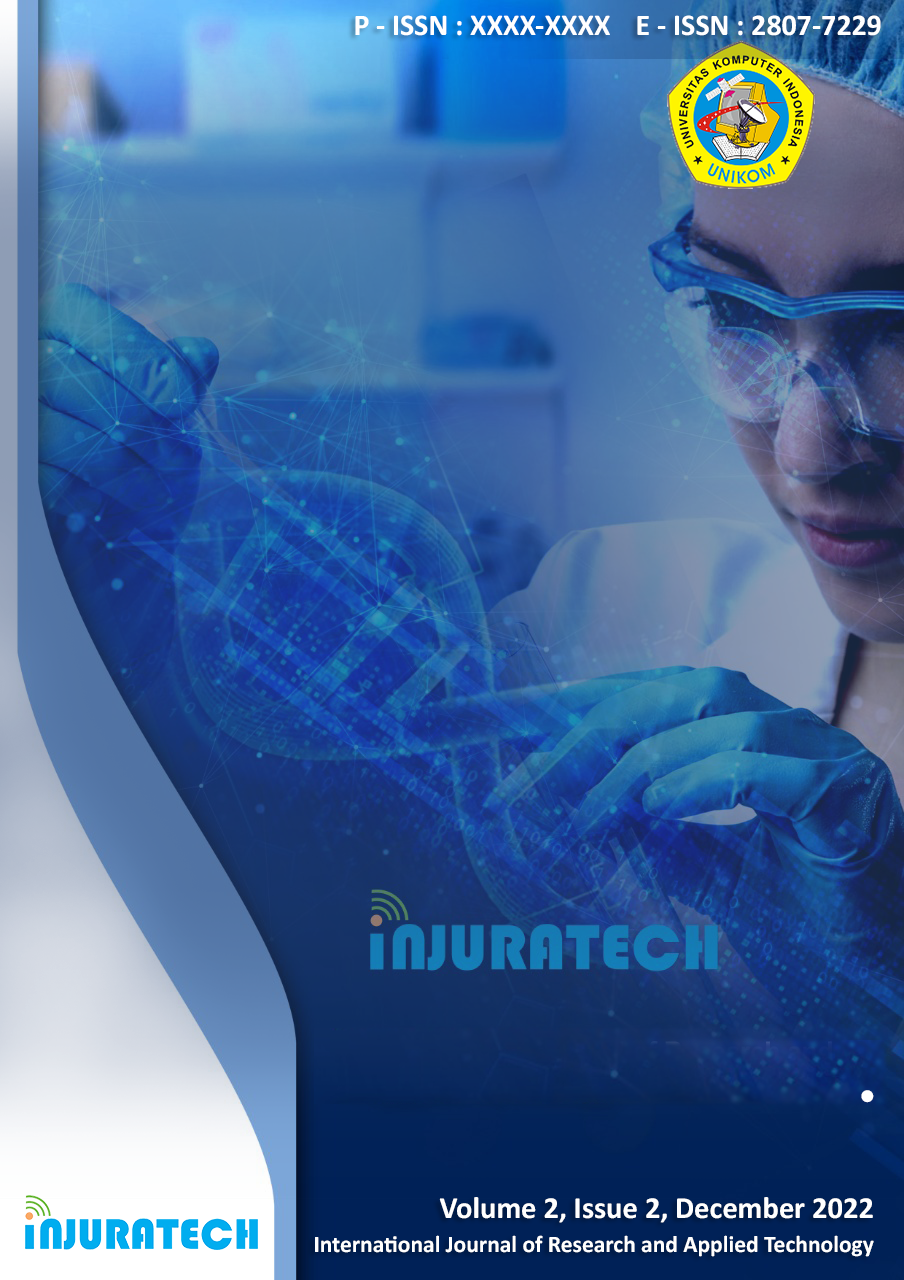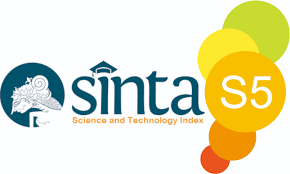Ruang Kurban App: As a virtual reality (VR) Qurban of Simulation Application in Children's Learning Media
DOI:
https://doi.org/10.34010/injuratech.v2i2.7957Keywords:
Qurban of simulation, application, Virtual Reality (VR), designAbstract
The development of a technological progress that is so very fast from ancient times until now, cannot be simply rejected, ranging from agriculture, social, culture to education which really helps all human activities become more efficient, one of the developments of this technological progress in the field of education is making innovations in the field of education, interactions become more diverse, such as where one of them is Virtual Reality (VR) technology in the form of applications on smartphones. The purpose of this research is to help the progress of education with the application of a sacrifice simulation that will be made as a learning medium for children. The research method that we use in our journal is a qualitative method, the results of this study make the application of qurban simulation to increase children's interest in learning in religious matters, namely understanding qurbani in a more different way. The main concept in this application is to present virtual reality regarding the simulation of sacrifices as a medium for children's learning. In the conclusion of this study, therefore with this application, virtual reality sacrifice applications can be made as children's learning media and help teachers in each school to teach and with this application children can feel directly in the form of virtual reality
References
[2] Xiong, J., Hsiang, E. L., He, Z., Zhan, T., & Wu, S. T. (2021). Augmented reality and virtual reality displays: emerging technologies and future perspectives. Light: Science & Applications, 10(1), 1-30.
[3] Li, X., Yi, W., Chi, H. L., Wang, X., & Chan, A. P. (2018). A critical review of virtual and augmented reality (VR/AR) applications in construction safety. Automation in Construction, 86, 150-162.
[4] Kress, B. C., & Peroz, C. (2020, February). Optical architectures for displays and sensing in augmented, virtual, and mixed reality (AR, VR, MR). In Proc. SPIE (Vol. 11310, p. 1131001).
[5] Cholewiak, S. A., Başgöze, Z., Cakmakci, O., Hoffman, D. M., & Cooper, E. A. (2020). A perceptual eyebox for near-eye displays. Optics Express, 28(25), 38008-38028.
[6] Yun-Han, L. E. E., Tao, Z. H. A. N., & Shin-Tson, W. U. (2019). Prospects and challenges in augmented reality displays. Virtual Reality & Intelligent Hardware, 1(1), 10-20.
[7] Kim, J., Jeong, Y., Stengel, M., Aksit, K., Albert, R. A., Boudaoud, B., ... & Luebke, D. (2019). Foveated AR: dynamically-foveated augmented reality display. ACM Trans. Graph., 38(4), 99-1.
[8] Tan, G., Lee, Y. H., Zhan, T., Yang, J., Liu, S., Zhao, D., & Wu, S. T. (2018). Foveated imaging for near-eye displays. Optics express, 26(19), 25076-25085.
[9] Lee, S., Wang, M., Li, G., Lu, L., Sulai, Y., Jang, C., & Silverstein, B. (2020). Foveated near-eye display for mixed reality using liquid crystal photonics. Scientific Reports, 10(1), 1-11.
[10] Nasrulloh, N. (2021, December). Qurban Program in Supporting the Achievement of SDG’s: The Involvement of Islamic Philanthropic Institutions. In ICONIS: International Conference on Islamic Studies (Vol. 5, pp. 251-260).
[11] Salve, S. M., Samreen, S. N., & Khatri-Valmik, N. (2018). A Comparative Study on Software Development Life Cycle Models. International Research Journal of Engineering and Technology (IRJET), 5(2), 696-700.
[12] Iqbal, S. Z., & Idrees, M. (2017). Z-SDLC model: a new model for software development life cycle (SDLC). International Journal of Engineering and Advanced Research Technology (IJEART), 3(2), 8.
[13] Saurik, H. T. T., Purwanto, D. D., & Hadikusuma, J. I. (2019). Teknologi Virtual Reality untuk Media Informasi Kampus. Jurnal Teknologi Informasi Dan Ilmu Komputer, 6(1), 71.
[14] Abdillah, F., Riyana, C., & Alinawati, M. (2018). Pengaruh Penggunaan Media Virtual Reality Terhadap Kemampuan Analisis Siswa Pada Pembelajaran Ilmu Pengetahuan Alam Kelas VIII Sekolah Menengah Pertama. Educational Technologia, 2(1), 35-44.
[15] Rohmawati, T., & Winata, H. (2021). Information Technology for Modern Marketing. International Journal of Research and Applied Technology (INJURATECH), 1(1), 90-96.












